CPT330B Redesign Long-haul Trucking Logistic - Autonomous Driving L3 from Motorway to City

Introduction
Long-haul trucking continues to play a major role in today’s supply chains. There are plenty of challenges that the trucking logistics are facing now. The most important issue is making the long-haul trucking sustainability. Due to the size and weight of most long-haul trucks, mean this sector is likely to decarbonize slower than most others. In order to improving the efficiency and traffic safety while realizing the sustainability, the fleet management becomes a popular discussion in recent years.
1. Autonomous Driving Technology Applied in L3 Truck Platooning
1-1 Sensor Detection in Vehicle
Sensors are key components to make a vehicle driverless. The three primary autonomous vehicle sensors are camera, radar and lidar, enable an autonomous vehicle to visualize its surroundings and detect objects. Cars today are fitted with a growing number of environmental sensors that perform a multitude of tasks. The control system integrated sensors for autonomous vehicle encompasses three parts: perception, decision and execution.
1-2 Sensor Fusion Capability in Truck Platooning
In Truck Platooning System, hardware sensors and an interface are installed or plugged into every vehicle to detect and track moving objects in the surroundings to avoid collision. Sensor fusion is the process of combining data from multiple different sensors to generate a more accurate situation and help the computer make safe decisions. Data from this combination of sensors are essential for safe autonomous driving.
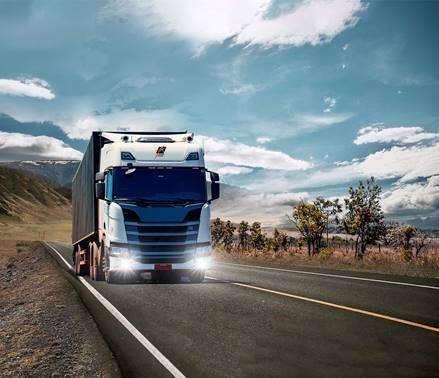
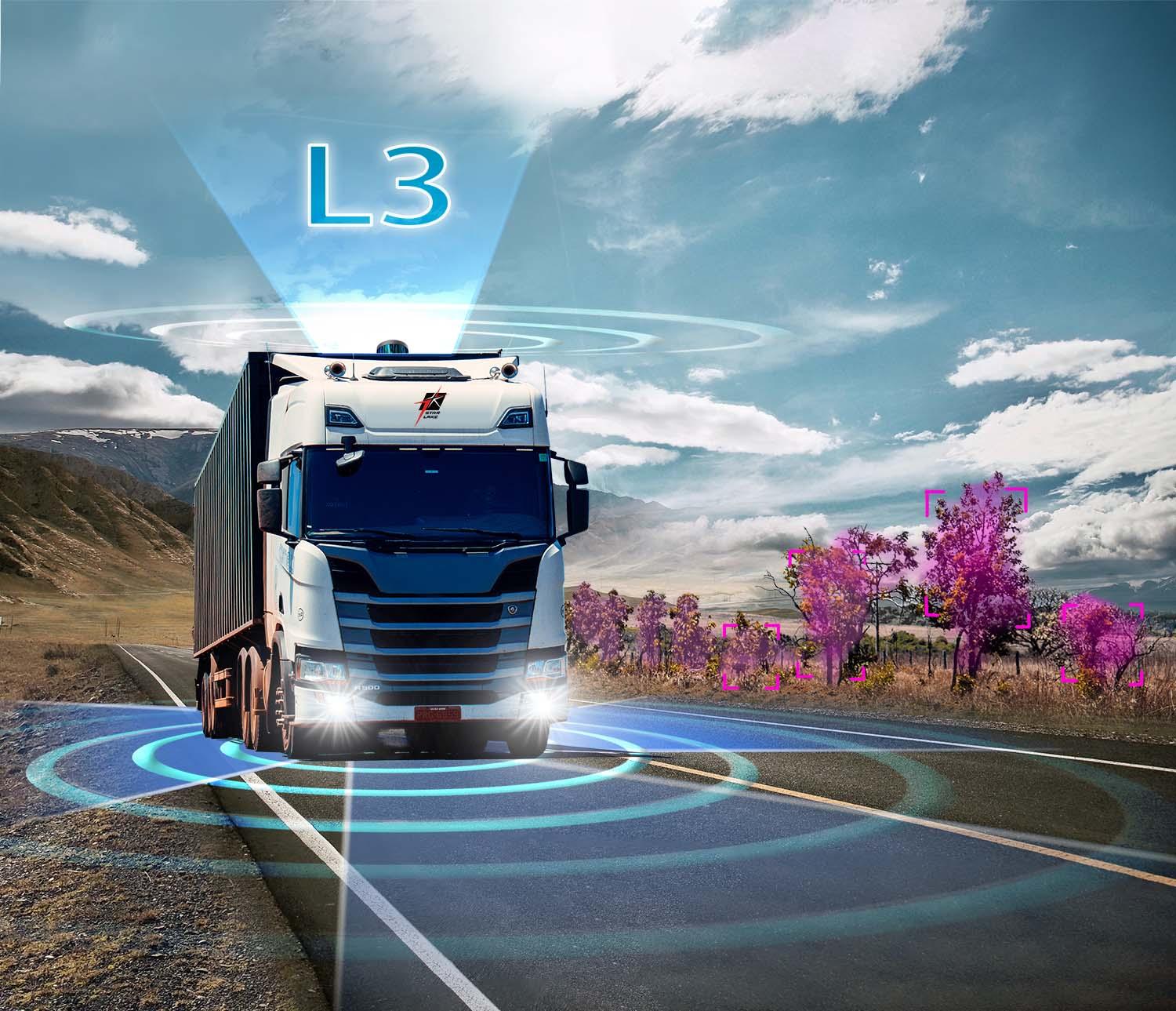
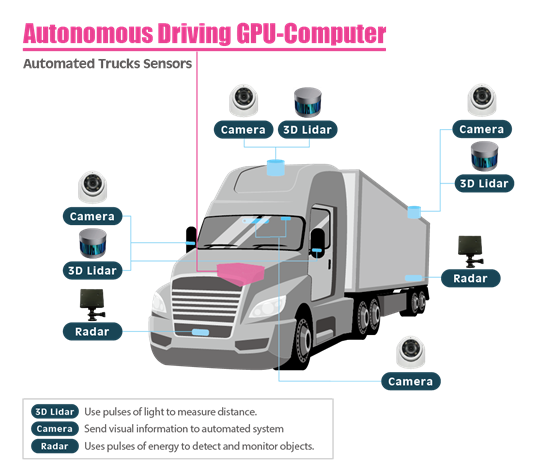
1-3 Sensor Fusion Realization
Advances in sensor technology and processing techniques, combined with improved hardware, make real-time fusion of data possible. 7STARLAKE’s CPT330B features in 12 x LAN and 8 x CAN bus, providing multi connections to make sensor fusion realize in fleet management. 12 x LAN port can integrated 12 unit of sensors, such as 4 x 3D LiDAR, 6 x cameras, and 2 x mmWave Radars. Sensors provide target tracking, event description, and gather other information to detect and control the specific distance between trucks, help to avoid obstacles on road, and make decision. With excellent sensors connection, CPT330B plays a critical role in sensor fusion framework.
2. Why Truck Platooning Matters?
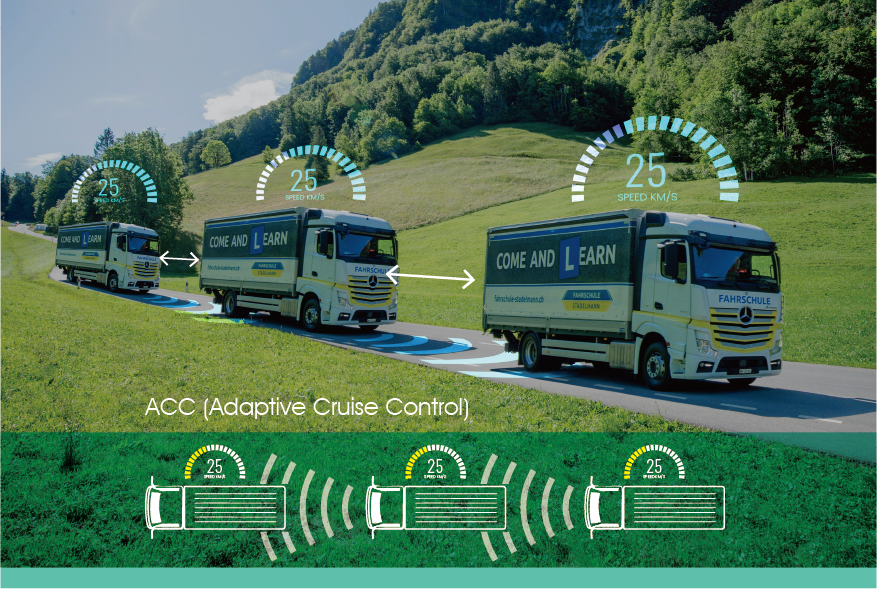
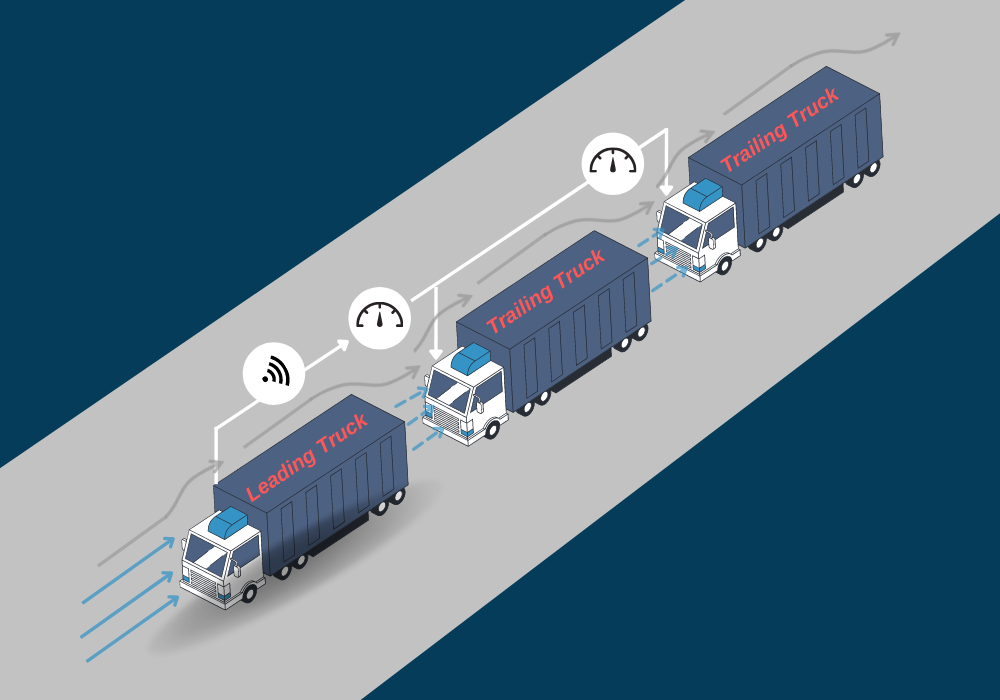
2-1 What is Truck Platooning?
Truck platooning links up two or more trucks; it is using V2V wireless communication and automated driving support system to connect the braking and acceleration between the trucks. These trucks automatically maintain in a set with specified gaps between them. With LiDAR sensors to detect the light, visual information collecting by cameras, radars to detect and monitor objects, the sensor fusion of the truck is able to communicate between each truck.
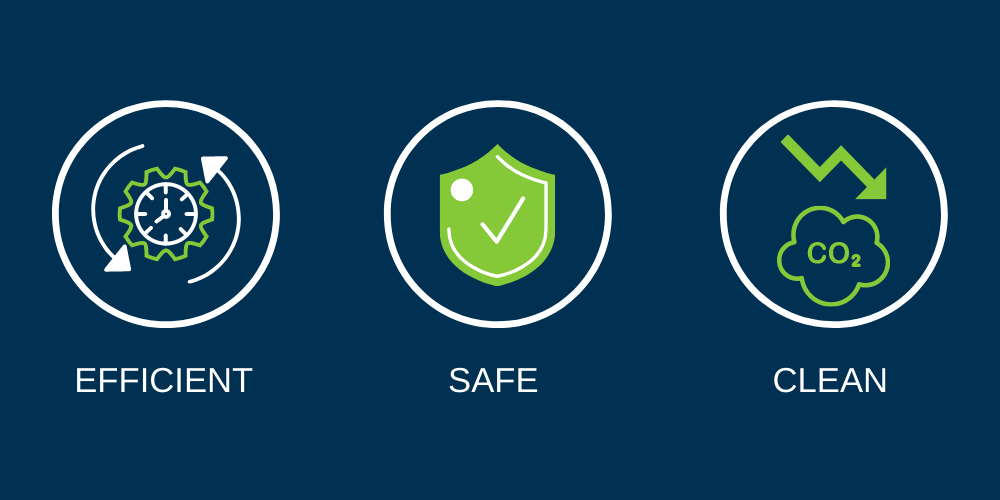
2-2 What Are The Benefits of Platooning?
There are three main reasons of why using truck platooning, because it holds great potential to make a smoother traffic flow, improve traffic safety by providing automatic and immediate braking, and reducing aerodynamic drag by decreasing the driving distance between vehicles to lower fuel consumption and CO2 emissions.
3. Hardware IT Architecture
3-1 Powerful CPU and GPU
Truck platooning relies on sensors, complex algorithms, powerful processors, and outstanding GPU to gather and analyze the data in order to send instructions to the truck’s actuators. CPT330B is driven by Gen Intel 9th Gen. Coffee Lake-R i7-9700 processor features with 8 cores, max turbo frequency up to 3.8 GHz, and TDP 35W.
CPT330B supports NVIDIA Quadro RTX A4000 and GTX 1660S GPU. RTX A4000 features with 6144 CUDA cores, and includes 48 RT Cores to accelerate photorealistic ray-traced rendering up to 2x faster than the previous generation. The RTX A4000 also features a power-efficient with TDP 140W. NVIDIA GTX1660S GPU features with 1408 CUDA cores; typical applications include image processing, video stabilization, filtering, terrain analytics, 3D visualization of Geospatial data, object recognition and tracking and provides workstation-grade AI performance.
Intel 9th Coffee Lake-R Specs
| CPU | Cores | Max Turbo Frequency | TDP |
| 9th Gen i7-9700 | 6 | 4.70 GHz | 65W |
| 9th Gen i7-9700TE | 6 | 3.80 GHz | 35W |
NVIDIA MXM GPU Specs
| GPU | CUDA Cores | GPU Memory | TDP |
| Quadro RTX A4000 | 6144 | 16GB GDDR6 | 140W |
| GeForce GTX 1660S | 1408 | 6GB GDDR6 | 125W |
3-2 Rich Expansion Slot
AI and 7STARLAKE CPT330B provides 12 x LAN and 8 CAN bus for in-vehicle system management, making the sensor fusion capable in fleet management; 12 x LAN port can integrated 12 unit of sensors, such as 4 x 3D LiDAR, 6 x cameras, and 2 x mmWave Radar, CPT330B plays a critical role in sensor fusion framework. For example, in Truck Platooning System, hardware sensors and an interface are installed or plugged into every vehicle to detect and track moving objects.
Expansion slots with 8 x PoE provides a smooth connections for AI learning and sensor fusion. In addition, equipping hot-swappable SSD can help mission-critical data protection. To withstand harsh environment, CPT330B can be operated under extended temperature from -20 °C to +60°C, the server also features with wide range power input 9 to 48V DC-In, making sure the operation of the system is stable and reliable.

CPT330B More Information: https://7starlake.com/products/transportation/autonomous-driving/cpt330b-8c8p-g1660s